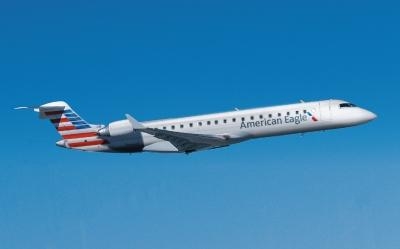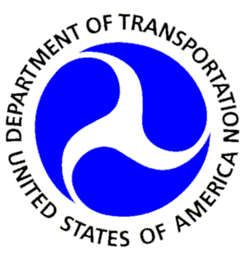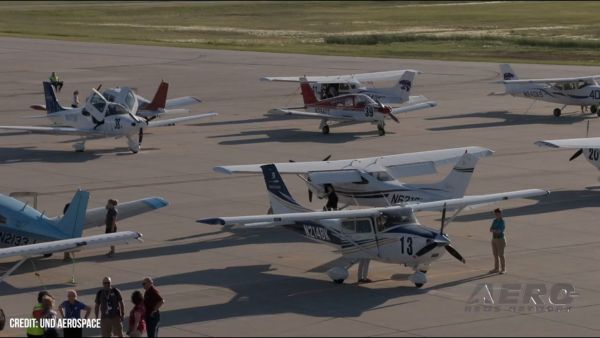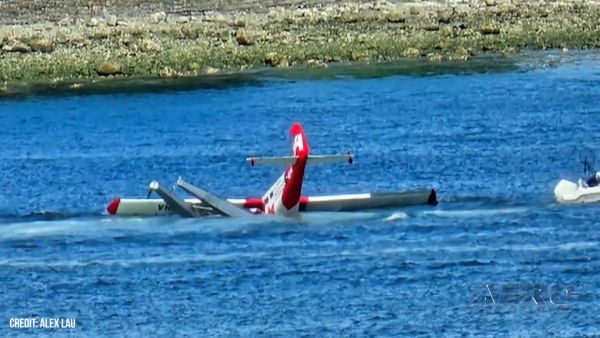Wed, Jul 24, 2013
Ten Flights Were Delayed Beyond The Three-Hour Limit
The U. S. Department of Transportation (DOT) has fined American Eagle Airlines $200,000 for lengthy tarmac delays that took place at Dallas-Fort Worth International Airport on Dec. 25, 2012. The airline was ordered to cease and desist from future violations of the tarmac delay rule. “Airline passengers have rights, and the Department of Transportation has rules in place to protect them from being stuck on a tarmac waiting hours to get off their plane," said U.S. Transportation Secretary Anthony Foxx. “We will continue to take enforcement action when airlines violate our tarmac delay rules.”

An investigation by the Department’s Aviation Enforcement Office revealed that on Dec. 25 of last year, 10 American Eagle flights experienced tarmac delays that exceeded the three-hour limit at Dallas-Fort Worth during a snow and ice storm. One of the flights, arriving from Sioux Falls, S.D., with 42 passengers, landed at 2:48 p.m., but was not assigned a gate until 5:30 p.m.. Passengers were finally allowed to leave the aircraft at 6:36 p.m. after a tarmac delay of three hours and 48 minutes.
A second flight, carrying 37 passengers from Baton Rouge, La, landed at 3:29 p.m., but the aircraft was not dispatched to an area where passengers could deplane until 6:00 p.m. The plane parked at 7:00 p.m., but passengers were not able to leave the plane until 8:01 p.m., four hours and 32 minutes after landing.
Under DOT rules, U.S. airlines operating aircraft with 30 or more passenger seats are prohibited from allowing their domestic flights to remain on the tarmac for more than three hours at most U.S. airports without giving passengers an opportunity to leave the plane. Exceptions to the time limits are allowed only for safety, security or air traffic control-related reasons. The rules require carriers to include the three-hour provision in their tarmac delay contingency plan commitments to passengers.

Under an expansion of the tarmac delay rule that took effect Aug. 23, 2011, international flights at covered U.S. airports are now prohibited from remaining on the tarmac for more than four hours without permitting passengers the opportunity to deplane, subject to the same exceptions as the rule for domestic flights.
The Enforcement Office found that the remaining eight American Eagle flights – seven domestic flights and one international flight – experiencing long tarmac delays that day at Dallas-Fort Worth were not violations because they fell under exceptions to the rule.
This is the second fine against American Eagle for violating the tarmac delay rule. In 2011, the airline was fined $900,000 for lengthy tarmac delays that took place at Chicago O’Hare International Airport on May 29, 2011.
More News
An Amazing Experience Awaits The Chosen Few... Oshkosh, to us, seems the perfect place to get started on watching aviation recover the past couple of years... and so ANN is putting>[...]
“NBAA has a tremendous responsibility to the business aviation industry, and we are constantly collaborating with them. Our flight departments, professionals and aircraft own>[...]
Dead Reckoning Dead reckoning, as applied to flying, is the navigation of an airplane solely by means of computations based on airspeed, course, heading, wind direction, and speed,>[...]
Aero Linx: Vertical Aviation Safety Team (VAST) We are a public–private initiative to enhance worldwide flight operations safety in all segments of the vertical flight indust>[...]
We're Everywhere... Thanks To You! Even with the vast resources and incredibly far-reaching scope of the Aero-News Network, every now and then a story that should be reported on sl>[...]
 ANNouncement: Now Accepting Applications For Oshkosh 2024 Stringers!!!
ANNouncement: Now Accepting Applications For Oshkosh 2024 Stringers!!! Aero-News: Quote of the Day (06.13.24)
Aero-News: Quote of the Day (06.13.24) ANN's Daily Aero-Term (06.13.24): Dead Reckoning
ANN's Daily Aero-Term (06.13.24): Dead Reckoning ANN's Daily Aero-Linx (06.13.24)
ANN's Daily Aero-Linx (06.13.24) ANN FAQ: How Do I Become A News Spy?
ANN FAQ: How Do I Become A News Spy?




